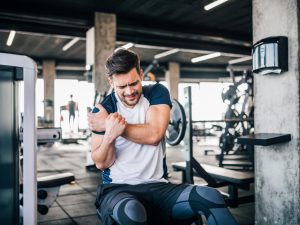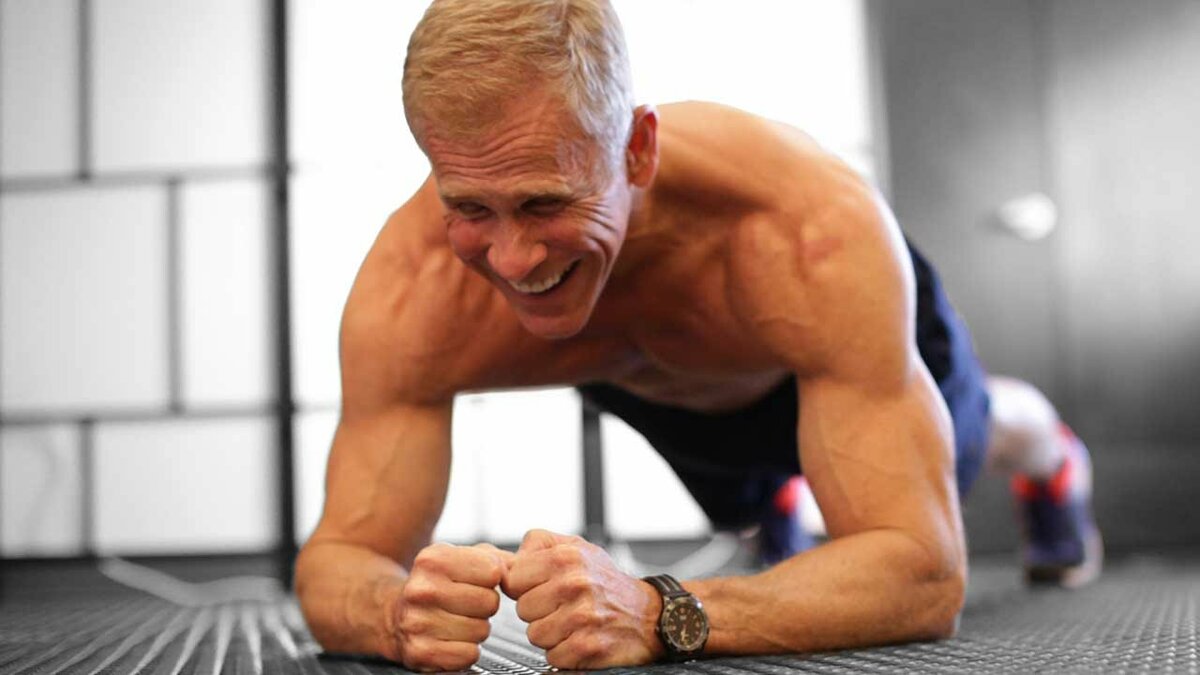Chronic muscle strain and spasms are often the main cause of fatigue, numerous pains, and can even affect blood pressure! How do you relax and “calm” your body and get rid of the permanently slumped shoulders and aching pains under the shoulder blade?
How to determine what kind of overstrain is tormenting you?
In this article we will tell you how to check yourself and discover the problem and what to do if your fears are confirmed!
It is only possible to relieve full muscle tension if you use this particular drug https://itsteroids.it/categorie/terapia-post-ciclo/gonadotropin/
Muscle overstrain
Muscle overstrain is a state of involuntary over-activation of a person’s muscles. That is, you may not be aware that this happens, you may not give a conscious “order” from the brain, but the muscles are still in tension, for a long time or at all.
Of course, it tires the muscles themselves, spasms them and provokes the occurrence of trigger points in them.
Tension caused by the need for compensation and stabilization
This happens because of injuries or congenital anatomical and physiological structural peculiarities. For example, you have pain in your knee because of some problem with the joint. This pain will cause you to strain all your leg muscles every time you load your leg with a sore knee.
That is, one pain, from the knee joint in this case, provokes us to create tension that is not necessary in normal life as compensation.
Great strain on some muscles and joints always causes compensatory mobility in the neighboring ones. For example, a rigid and immobile thoracic spine forces the lumbar and cervical spine to move instead.

A strong bend in the lower back (hyperlordosis) starts problems in the neck, such as kyphosis. This is how the body tries to balance the verticality of the spinal axis. In the neck there should be a lordosis – a bend, and kyphosis is formed – a “hump”.
Such compensation is provided by the muscles that keep our vertebrae in the right position for the body (or as it seems to it). And here you have overstretching, which then gives back specific pains.
Such perturbations aggravate muscle imbalances, which are already present, because such processes of compensation of problematic parts disturb the usual patterns of muscle tension and relaxation, which leads to uneven irritation of the affected structures and, as we have already noted, create new ones.
How to cope with this affliction?
Of course, initially it is necessary to get rid of the problem that provokes all this ugliness. So let’s treat actively!
However, there is a “devil” lurking here as well. Suppose you have a hip injury that causes muscle strain in the leg and pain in the leg. Your doctor rightly prescribes you exercises for your hip (because that’s what bothers you the most).
If you didn’t have compensatory overstretching, this approach would help wonderfully without any “buts”. But you’re unlikely to be able to do hip exercises without overstretching an additional set of muscles or your whole body in general.
For example, this is how some people in the dentist’s chair during treatment (especially painful one) shrink and freeze their whole body, freezing in this position for the whole time of treatment! It would seem that this has nothing to do with the tooth and the leg. In the end, everything is connected.
So your treatment exercises must be very specific and isolated. It’s critical that they be done slowly and thoughtfully, not allowing you to automatically strain unnecessary things.



